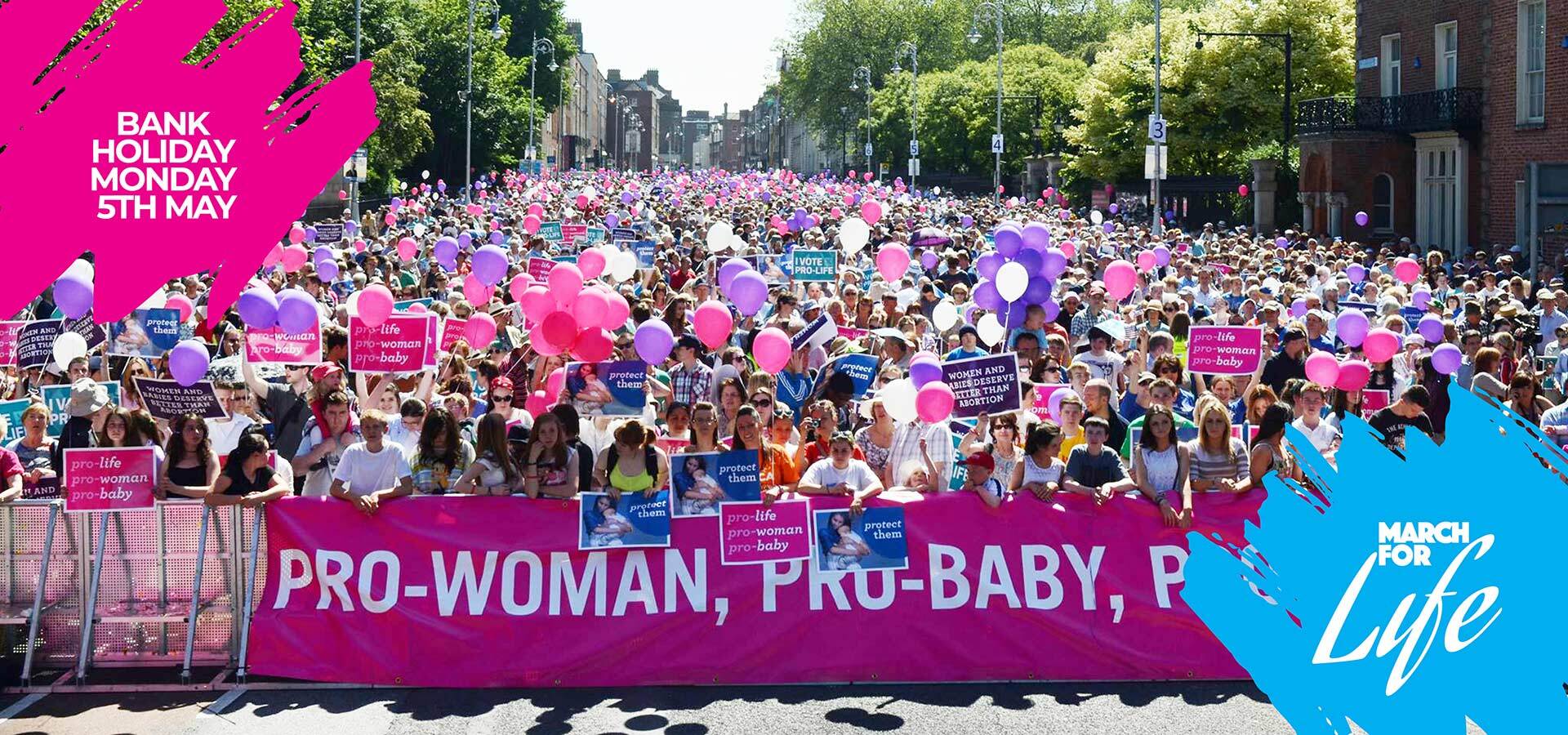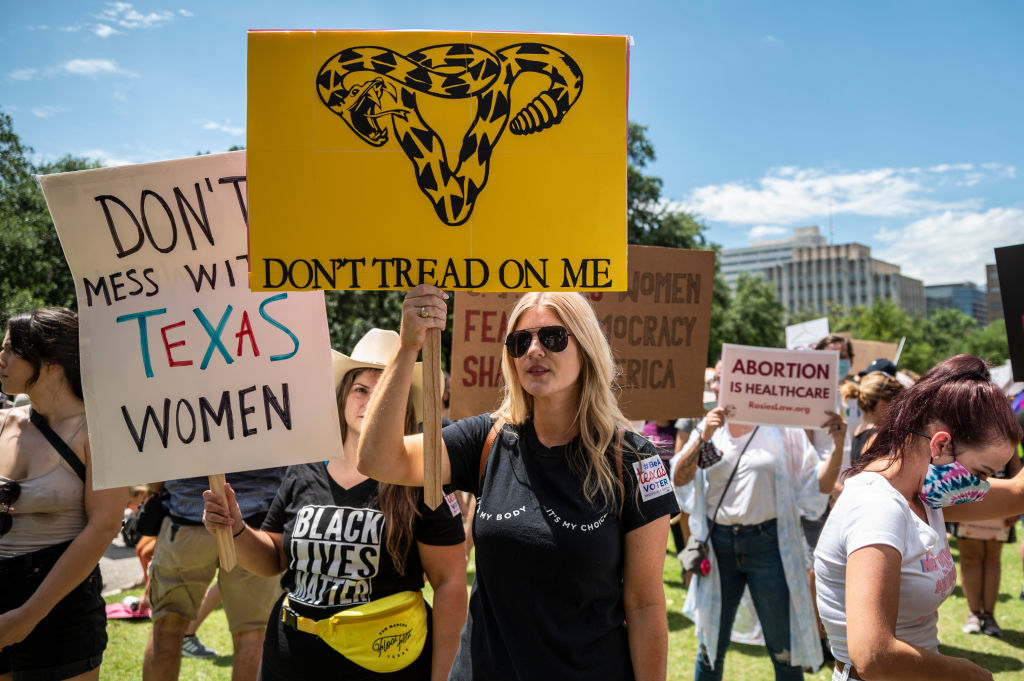The Importance of Choice in Feminist Movements: Marching for Unborn Women
 In today’s world, the fight for equality is at the forefront of social justice movements. Feminism has historically stood for women’s rights, encompassing a variety of issues from equal pay to reproductive rights. One of the most debated aspects of this conversation is the question of abortion. While some advocate for a woman’s right to choose, others stress the importance of the unborn child, claiming that feminism should also extend to those who cannot speak for themselves.
In today’s world, the fight for equality is at the forefront of social justice movements. Feminism has historically stood for women’s rights, encompassing a variety of issues from equal pay to reproductive rights. One of the most debated aspects of this conversation is the question of abortion. While some advocate for a woman’s right to choose, others stress the importance of the unborn child, claiming that feminism should also extend to those who cannot speak for themselves.
At a recent march, this controversial issue was brought to the forefront when a young woman held a sign reading: “TRUE FEMINISTS MARCH FOR UNBORN WOMEN.” Her message was clear—true feminism, in her view, includes protecting the rights of unborn women. This viewpoint echoes the sentiment of many in the pro-life movement who argue that every life, regardless of its stage, deserves to be protected. The Intersection of Feminism and Pro-Life Advocacy
The Intersection of Feminism and Pro-Life Advocacy
For some, the idea of feminism extends beyond just the empowerment of women who are already living—it includes advocating for the unborn as well. Pro-life feminists believe that the choice to bring a child into the world should not endanger that child’s life, and that society has a responsibility to protect the most vulnerable among us.
Critics of this stance often argue that feminism is rooted in a woman’s right to make decisions about her own body, including whether to have a child. However, pro-life feminists assert that advocating for unborn life is part of a broader vision of equality and justice—one that includes protecting the rights of all women, born and unborn.
Marching for Life and Feminism
The march depicted in the photo showcases individuals who believe that true feminism encompasses advocating for both women and the unborn. They marched to make a statement—one that calls for recognition of the rights of the unborn, while simultaneously empowering women to make choices that are both respectful of life and affirming of their autonomy.
It is important to remember that feminism, like any movement, is not monolithic. There are many different approaches to how women’s rights should be defined, and the debate around abortion is just one example of how deeply these issues can divide even those who are advocating for women’s empowerment.

Conclusion: Empowerment in Choice
Ultimately, the question remains: what does true feminism look like? Is it about empowering women to make choices about their own bodies, or does it extend to advocating for the rights of those who cannot speak for themselves? The answers vary depending on whom you ask, but this ongoing debate is a critical part of the conversation about women’s rights and equality.
Marching for the unborn, like the young woman in the image, demonstrates the diversity within feminist movements and the complex nature of advocating for choice, whether that choice involves the woman herself or the unborn child she carries.